In 1975 bald eagles were extinct on the James River. Today, after years of effort by naturalists and conservationists, 280 nesting couples have made the river their home. The revival of the James River eagles is one of Virginia’s great environmental success stories.
I had the good fortune to be invited by my friends Linda and Steve Nash to accompany them and their out-of-town guests on a river trip to view the eagles. I have to say, it was a peak life experience — an expedition I will remember always. I am amazed that such a wealth of wildlife is accessible to Virginians just a few miles southeast of Richmond. Hardly anyone knows about it… which may be just as well, because no good can come of dozens of tour boats cruising up and down this near-wilderness river.
Captain Mike Ostrander has been boating this stretch of the James — downstream from the fall line in Richmond and upstream from where the river widens into an arm of the Chesapeake Bay — for years. He has tracked the eagles week by week, year by year, observing their most intimate habits. He knows the birds well enough to give them names, and he spins stories of their lives — how long they have mated, whether the male or the female builds nests and cares for the young, how many eagle chicks have survived to maturity, how interlopers have intruded upon their territories, how their territorial ranges have expanded and contracted in response, and even the eccentricities in how they fly.
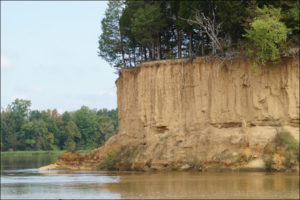 One cannot call the river pristine — we entered the water, after all, at a small marina near the Henricus Historical Park. The Interstate 295 bridge spans the river, and in a few places houses peek through the trees. We saw perhaps a half dozen docks and encountered three other boats over three hours or so. But the signs of civilization were few. The riverbanks are lined with trees and reeds for mile after unbroken mile. We saw sturgeon leap from the water and smaller fish break the surface and flop around. We saw white ospreys, snowy egrets, blue herons, and, far overhead, flights of honking geese. And, of course, we saw the magnificent gold-beaked, white-maned bald eagles.
One cannot call the river pristine — we entered the water, after all, at a small marina near the Henricus Historical Park. The Interstate 295 bridge spans the river, and in a few places houses peek through the trees. We saw perhaps a half dozen docks and encountered three other boats over three hours or so. But the signs of civilization were few. The riverbanks are lined with trees and reeds for mile after unbroken mile. We saw sturgeon leap from the water and smaller fish break the surface and flop around. We saw white ospreys, snowy egrets, blue herons, and, far overhead, flights of honking geese. And, of course, we saw the magnificent gold-beaked, white-maned bald eagles.
The eagles perch atop the tallest trees and scan the river with uncanny eyes. The bird has perhaps the keenest vision of the animal kingdom — roughly four to eight times sharper than that of humans — and it misses nothing that occurs within its domain. It can spot a small fish floating on the river. We saw an eagle swoop down from its aerie, stretch out its talons, snatch the fish from the water, and settle upon the branch of a nearby tree to pick it apart.
The eagle’s magnificent plumage and noble visage inspired Americans to make it a national symbol, and we expect the bird to display the virtues we expect of human greatness. But the eagle is a scavenger, not a hunter. If you want a bird that epitomizes martial prowess, go find a hawk. Like vultures, eagles eat carrion. They might dive down and grab a fish stranded in a mud flat, but they are just as likely to steal their prey as capture it themselves.
We witnessed such a theft as we approached our dock at the end of our trip. We saw an osprey, a true hunting bird about half the size of an eagle, gracefully scoop a fish from the water and then beat its wings furiously heading upstream, presumably looking for a spot where it could eat its catch in peace. Then, out of nowhere, an eagle descended from the sky in fast pursuit. The osprey dodged and waved, but it could not evade the larger, faster bird. At last the osprey dropped the fish into the water, yielding its prey to the eagle.
Poor osprey, we thought as we watched transfixed. Shortly after, the osprey spotted another fish. The bird descended, snatched the fish from the water, and headed upstream again. This time, the first eagle’s mate plunged from the sky and took after the poor osprey. The smaller bird careened around but could not shake the eagle. It dropped the fish, and the second eagle fed at the osprey’s expense.
The eagles, it appears, make a good living snatching the catch of ospreys. Such is the law of nature. Our human hearts sympathized with the smaller predator, but the eagles rule the river. What a tremendous experience it was to witness them in action.
If you’d like to view the eagles, visit Captain Mike’s website at DiscoverTheJames.com. (And, yeah, we got close enough to the eagle for me to take the photo atop this blog post.)

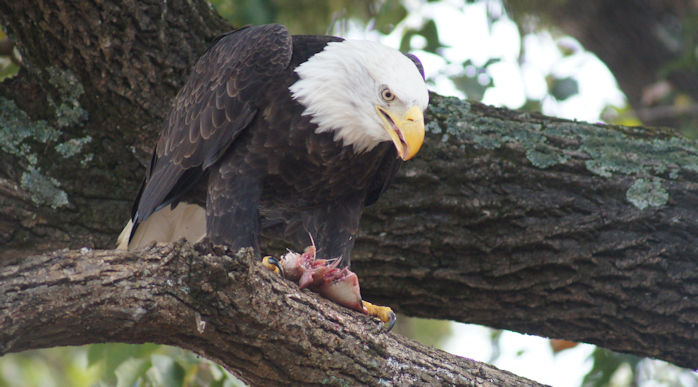
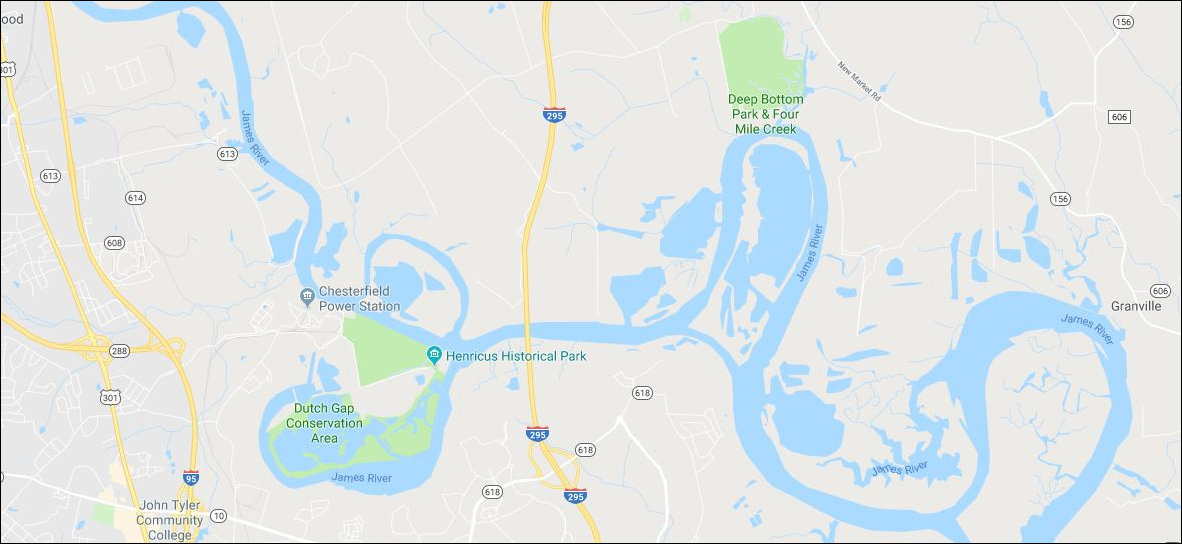
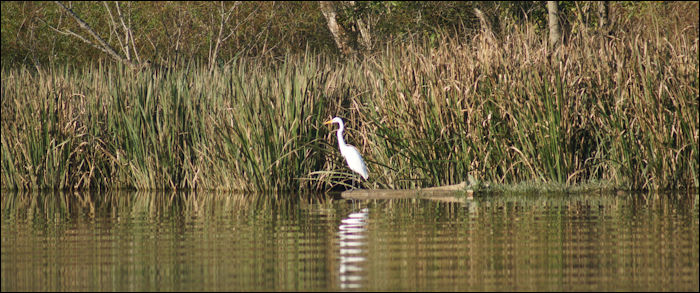
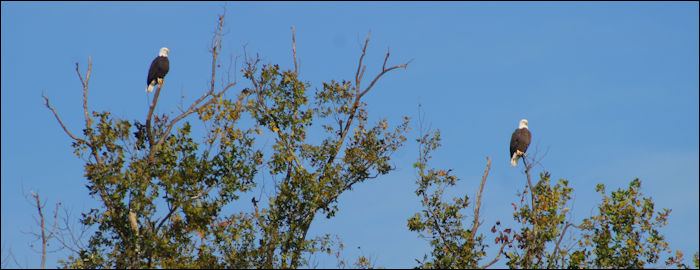
Leave a Reply
You must be logged in to post a comment.